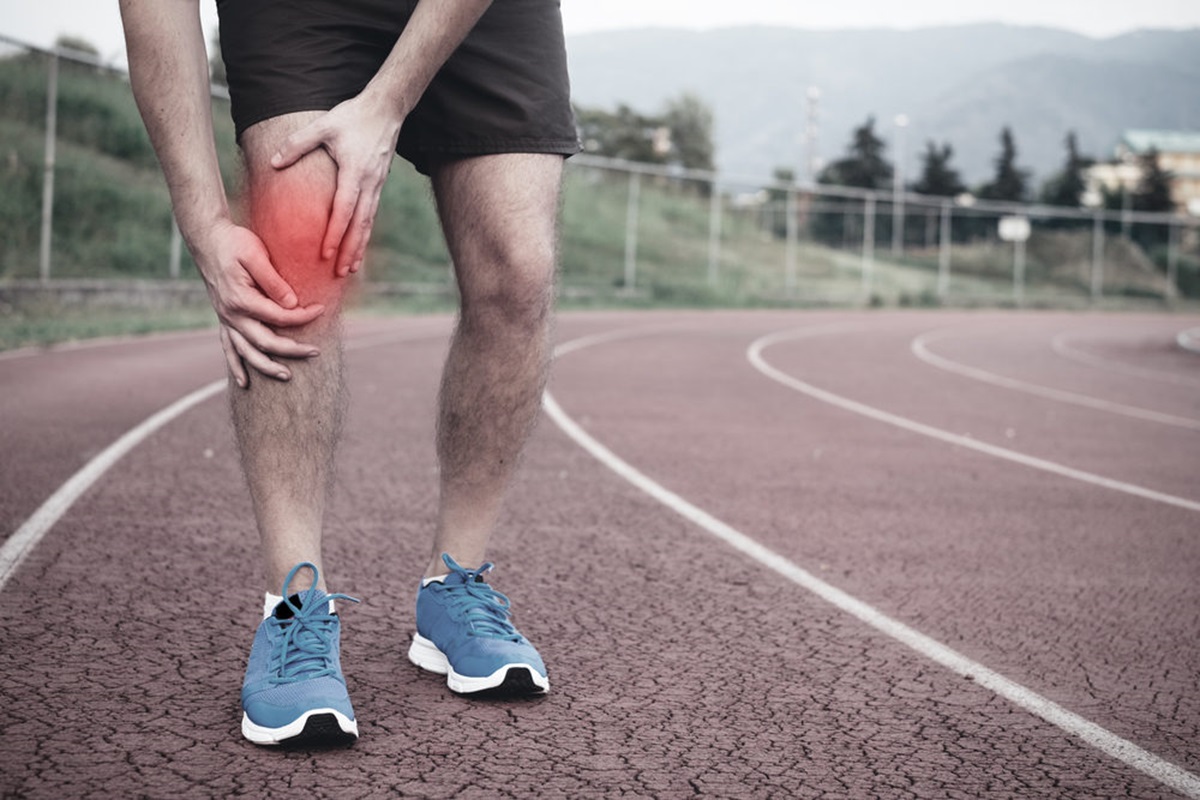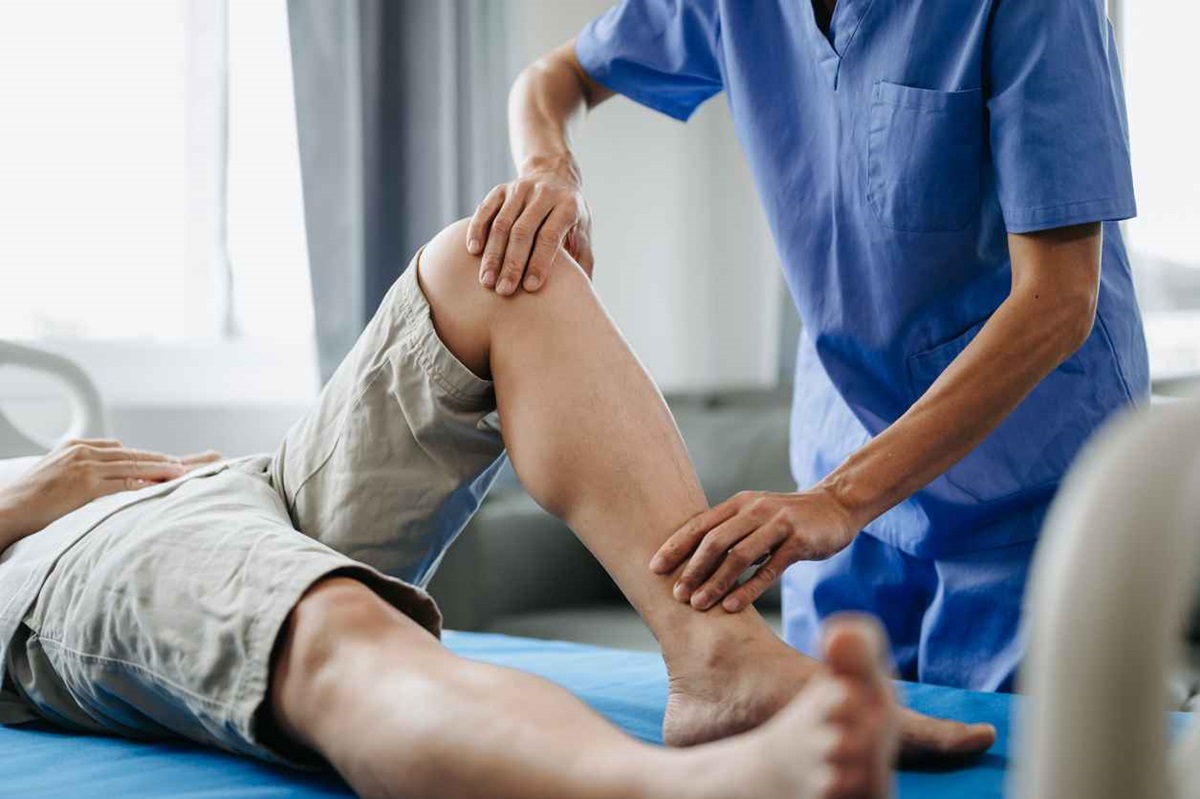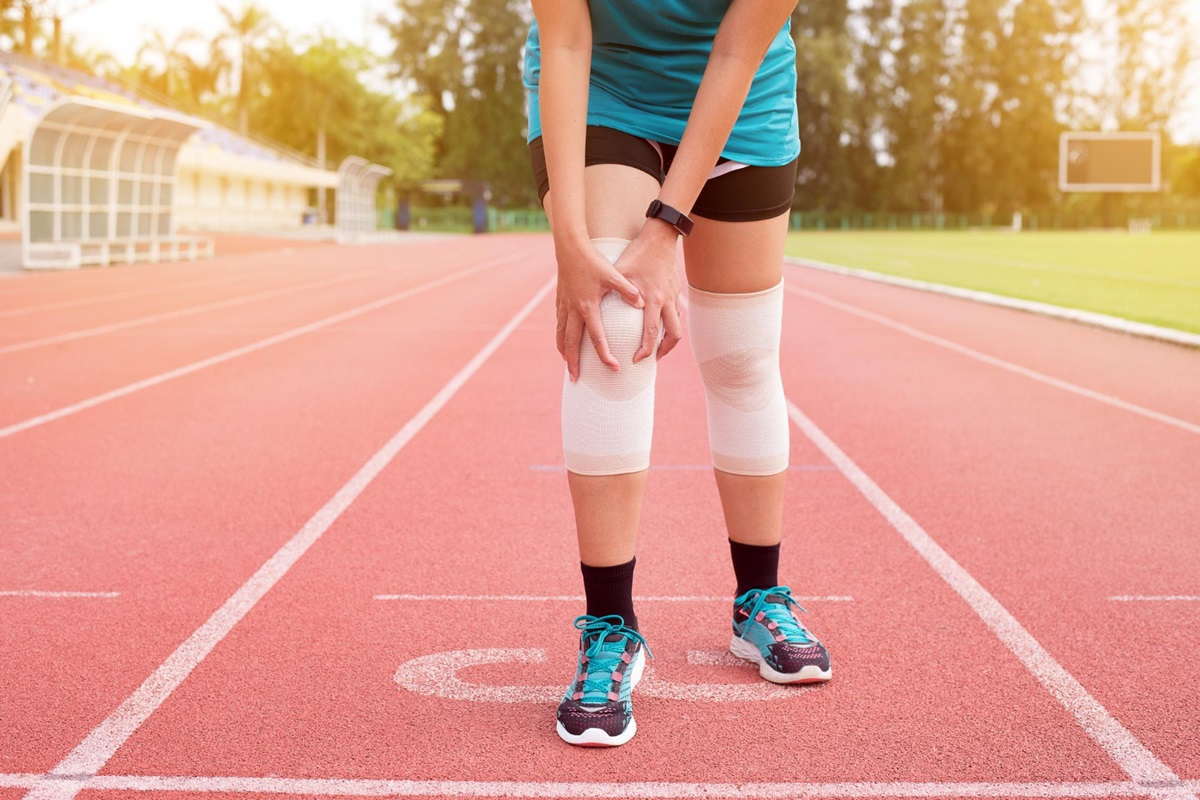Runners often deal with nagging joint stiffness, misalignment, or restricted motion that can interfere with both performance and comfort. Whether you’re training for a race or simply trying to stay active, small dysfunctions in joint mechanics can lead to compensation, overuse, and ultimately injury. That’s where joint manipulation comes in. As a hands-on manual physical therapy technique, this approach helps restore mobility, relieve pain, and optimize performance—making it a powerful tool in the runner’s recovery and prevention toolbox.
Joint manipulation therapy involves the application of a controlled force to a joint to improve its function and range of motion. This technique is commonly used in both chiropractic medicine and physical therapy, often resulting in an audible release or “crack” caused by gas release from the synovial joint—a process known as cavitation. For runners dealing with chronic joint pain, tightness, or limited mobility, this form of therapy can significantly improve athletic performance and reduce the likelihood of injury.
Understanding Joint Manipulation in Running Injury Treatment
Running has become one of the most widely practiced and accessible forms of physical activity around the globe, gaining tremendous popularity over the past several decades. Its cardiovascular benefits, low barrier to entry, and potential for community and personal growth make it an ideal choice for both recreational and competitive athletes. However, with increased participation comes a higher prevalence of running-related injuries—many of which are tied to joint dysfunction.
What Is Joint Manipulation and How Does It Work?
Joint manipulation is a specialized form of manual physical therapy technique that applies a quick, precise thrust to a joint in order to improve motion and alignment. This technique can help correct joint restrictions, reduce muscle tension and strain, and support better biomechanics. In many cases, manipulation stimulates the nervous system, contributing to pain relief, inflammation reduction, and improved coordination.
Used appropriately, joint manipulation physical therapy enhances mobility in peripheral synovial joints such as the knees, ankles, and shoulders, as well as in spinal manipulation for the cervical spine, thoracic, or lumbar areas. This can provide relief for runners suffering from neck pain, low-back pain, or hip pain, often triggered by repetitive stress and impact.
Benefits of Joint Manipulation for Runners
Runners benefit from joint manipulation therapy in several ways:
- Enhanced range of motion and joint mobility
- Reduction in adhesions and prevention of future adhesions
- Decreased muscle guarding and pain reduction
- Improved alignment and joint stability
- Support for faster recovery and improved athletic performance
- Decreased inflammation and better synovial joint lubrication
When performed by a qualified practitioner such as a physical therapist, osteopathic physician, or physiotherapist, joint manipulation is considered a safe and effective method for improving musculoskeletal conditions commonly seen in runners.
Knee Joint Manipulation for Running Injuries
The knee is a high-impact joint that plays a vital role in every stride a runner takes. When joint mechanics are off, even slightly, the knee is often one of the first areas to suffer. This section dives into the common knee issues runners face and how targeted joint manipulation can help restore mobility and relieve pain.
Common Knee Issues in Runners
Among the most frequent sites of injury in runners are the knees and the Achilles tendon/calf region. Research has shown that roughly 27% of running-related injuries occur in the knee, while another 25% affect the Achilles tendon and calf complex. These areas are subject to significant repetitive stress, especially when joint alignment or mobility is compromised. The knee is one of the most commonly injured joints among runners.
Conditions such as patellofemoral pain syndrome, IT band syndrome, meniscus irritation, ligament strain, and adhesive capsulitis are often caused by joint restrictions, biomechanical issues, or compensatory movement patterns. Ignoring these can lead to serious musculoskeletal conditions, chronic discomfort, and functional decline.
How Knee Joint Manipulation Helps
Knee joint manipulation targets specific dysfunctions in the articular surfaces of the tibiofemoral and patellofemoral joints. By improving glide and alignment through high-velocity, low-amplitude thrust manipulation, therapists can restore functional movement and reduce tissue stress. This improves load distribution, reduces the risk of adhesions, and supports inflammation reduction.
When integrated into a broader joint manipulation therapy plan, knee manipulation can be extremely effective in addressing persistent joint pain, boosting joint stability, and preventing re-injury. It also complements other interventions such as mobility work, soft tissue therapy, and strength training.
Integrating Joint Manipulation into Physical Therapy for Runners

Joint manipulation is most effective when it’s part of a well-rounded therapy plan. For runners, this means addressing not just the symptoms, but the movement patterns and muscle imbalances behind them. This section explores how joint manipulation therapy is woven into a broader treatment approach for lasting results.
Comprehensive Treatment Approach
At Backcountry Physical Therapy, we believe joint manipulation physical therapy should be integrated into a comprehensive, individualized care model. Our team evaluates joint function, alignment, muscle imbalances, and running mechanics to determine the appropriate combination of treatments. This approach may also involve addressing shoulder impingement, jaw pain, or nerve impingements that can influence running form.
Therapists may apply spinal manipulative therapy, peripheral manipulation, or even cervical spine manipulation depending on your specific limitations and goals. Every decision is guided by clinical evidence, your health history, and potential contra-indications like osteoporosis, vascular problems, or disc bulge.
Personalized Care for Optimal Results
Each runner’s needs are unique, which is why our physical therapists develop customized plans to ensure safe and effective care. Whether addressing a stubborn knee joint manipulation need or treating mid-back pain and headaches from poor posture, we focus on both pain relief and performance optimization. Our team is trained in incident reporting, understanding practitioner qualifications, and recognizing red flags to ensure the highest standard of care.
Preventing Future Injuries Through Joint Health
Injury prevention is key to consistent, long-term performance. Maintaining healthy joints ensures your body can withstand the repetitive stress of running. This section focuses on how runners can preserve joint health and avoid setbacks using smart, proactive strategies.
Importance of Joint Mobility in Running
Proper joint mobility allows for efficient and coordinated movement patterns. Restrictions in any synovial joint—especially the hips, knees, or ankles—can lead to compensatory patterns that strain other parts of the body. Over time, this can result in adhesions, joint instability, or even increased risk for issues like lateral epicondylitis or spinal dysfunction.
Routine use of joint manipulation therapy, particularly when combined with self-care efforts like stretching and strength training, helps runners maintain pain-free, efficient movement. It also supports prevention of chronic joint pain and inflammation recurrence.
Strategies for Long-Term Joint Health
To maintain healthy joints and reduce risk of future injuries, runners should:
- Schedule regular check-ins with a qualified physical therapist
- Address limited mobility early before it escalates
- Stay consistent with strength and mobility training
- Use protective footwear and maintain good running mechanics
- Incorporate spinal manipulation and joint mobilization where appropriate
- Pay attention to signs of nerve impingements, jaw pain, or shoulder impingement that may impact form
These proactive habits combined with periodic joint manipulation can prevent injuries and improve long-term durability.
Why Choose Backcountry Physical Therapy for Joint Manipulation

Choosing the right provider for joint manipulation is essential, especially when you’re an active runner looking to stay injury-free and perform at your best. Backcountry Physical Therapy brings a unique combination of clinical expertise and athletic insight, making it the ideal destination for runners seeking personalized, hands-on care. This section outlines what sets our team apart and how we deliver results you can feel both on and off the trail.
Expertise in Treating Runners
At Backcountry Physical Therapy, we specialize in working with runners of all levels. Our therapists have advanced training in joint manipulation physical therapy, sports medicine, and movement analysis. We understand the toll running takes on the body and how precise joint manipulation can relieve discomfort and enhance performance.
Personalized Treatment Plans
Each runner receives a thorough assessment, including movement screening and discussion of training history. Based on this, we tailor your care plan to include joint manipulation, manual therapy, exercise, and recovery tools suited for your needs. Whether you’re managing knee joint manipulation, hip pain, or cervical spine tension, our team crafts a plan built for results.
Commitment to Long-Term Success
Our focus is not just short-term pain relief, but sustainable performance improvement. We educate runners on proper mechanics, self-care efforts, and signs of overtraining. With long-term goals in mind, we ensure each session moves you closer to resilient, injury-free movement. Backcountry PT offers the gold standard in joint manipulation for runners.
Conclusion
Runners who want to move better, hurt less, and perform at their peak should consider adding joint manipulation to their care routine. When used as part of a comprehensive joint manipulation physical therapy plan, this technique offers a safe, effective way to restore joint function and reduce the risk of injury. Whether you’re dealing with a stubborn knee joint issue, low-back pain, or tight hips, joint manipulation therapy may be exactly what your running program is missing.
If you’re ready to experience targeted, evidence-based care that helps you move and feel better, Request Appointment with one of our specialists today.
FAQs
What are the exercises for joint manipulation?
While joint manipulation itself is performed by a practitioner, complementary exercises include mobility drills, resistance band work, and passive range-of-motion activities. These help reinforce gains and prevent future adhesions.
What is the purpose of joint manipulation?
The main purpose of joint manipulation is to restore function, reduce pain, and improve range of motion by targeting joint restrictions and mechanical dysfunction. It is especially helpful for athletes, including runners.
Which joint helps in running?
Multiple joints contribute to effective running, particularly the hip, knee, and ankle. Maintaining the health of these synovial joints through strength work, mobility, and joint manipulation therapy can improve running efficiency and durability.



